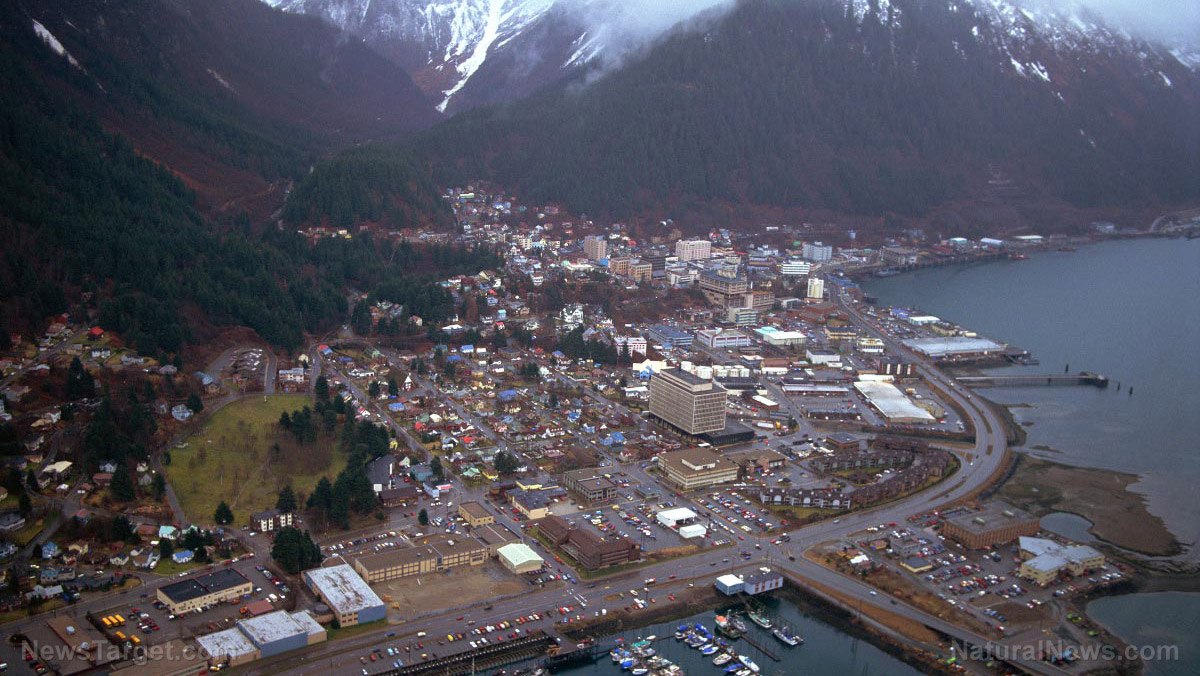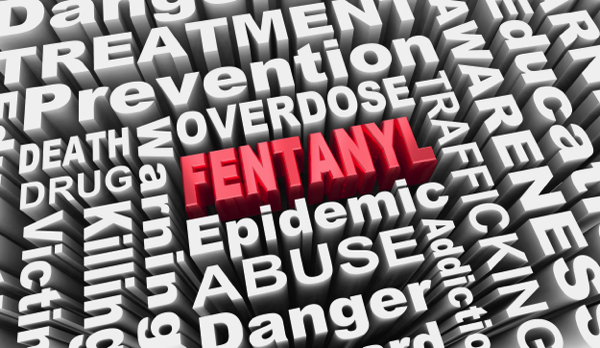 Parler
Parler Gab
Gab
- A 7.3-magnitude earthquake struck near Sand Point, Alaska, prompting tsunami warnings across coastal regions.
- Minimal flooding (0.2 feet in Sand Point) led to advisory downgrades, with no significant material damage reported.
- 40 aftershocks and the Aleutian region’s seismic history underscore Alaska’s vulnerability to powerful quakes.
- The dual crises highlight the importance of preparedness and resilient infrastructure in disaster-prone regions.
Massive Alaska quake ignites coastal alarms, minimal physical damage
The 7.3-magnitude tremor struck at 12:37 p.m. local time, 55 miles south of Sand Point, jolting regions as far as Anchorage. Tsunami sirens blared, urging thousands to flee to higher ground. Despite the chaos, the National Tsunami Warning Center quickly downgraded coastal warnings after detecting only a 0.2-foot wave in Sand Point. Sand Point Police Chief Benjamin Allen reported, “There’s no damage at the airport, doesn’t appear to be any damage at the harbor, no damage to speak of.” However, stores like Alaska Commercial general store faced chaos as liquid items like alcohol, barbecue sauce and pickles shattered. Manager Vickey McDonald lamented, “The mess stinks.” While physical damage was minimal, the earthquake’s reach was expansive. Over 700 miles of coastline, from Unimak Pass to Homer, faced precautions until the alert was canceled 90 minutes later. Cold Bay, nestled 100 feet above sea level, downplayed risks, while communities like King Cove emphasized evacuation drills.Tectonic tensions: Understanding Alaska’s earthquake-prone landscape
Alaska’s Aleutian region, a seismic hotspot in the Pacific “Ring of Fire,” has faced frequent tremors. Since 2020, five earthquakes exceeding 7.0 magnitude have struck the area, according to Alaska seismologist Michael West. “Something’s moving in this area. This appears part of a larger sequence,” he explained. Wednesday’s shallow 9-mile-deep quake produced 40 aftershocks in three hours, typical of the region’s relentless activity. Alaska’s infrastructure has historically weathered quakes, but its remote geography complicates recovery efforts. “We’re used to quakes, but preparedness alone can’t erase trauma,” said Jeremy Zidek of Alaska’s emergency division.Preparing for the unseen: Lessons from the quake to strengthen resilience
Despite the limited destruction, the earthquake validated emergency protocols and community drills. Governor Mike Dunleavy noted, “This wasn’t a drill. But the sirens meant people moved when they needed to.” The event prompted calls for enhanced infrastructure and awareness. While Alaska’s strict building codes have minimized casualties historically, residents acknowledged gaps in communication during fast-moving threats. “We knew the drills, but the 12-minute warning felt too short to evacuate everyone,” said King Cove resident Elena Torres. State agencies plan to revamp tsunami evacuation maps and invest in real-time seismic monitoring. Zidek emphasized, “Our terrain and isolation mean resilience isn’t just about buildings—it’s also about educating the public.”A nation watches as earthquakes test limits
As Alaska’s coast returned to normal, the July 16 quake reinforced the unpredictability of natural disasters and the importance of vigilance. The Aleutian region’s seismic activity serves as a reminder: while humans cannot control the earth’s movements, they can fortify systems to safeguard lives. “We’ll always face quakes,” remarked a Sand Point resident, “but this showed that even a ‘small’ shaking can disrupt lives. Preparing isn’t optional—it’s what keeps us safe.” The world continues to watch, hoping Alaska’s experience becomes a blueprint for resilience. Nature’s fury may be unstoppable, but communities can challenge it with planning, science and solidarity. Sources for this article include: 100percentfedup.com ABCNews.go.com APNews.comMaster the art of wilderness survival with Dave Canterbury’s “Advanced Bushcraft”
By Kevin Hughes // Share
Beauty’s hidden toll: How everyday products sabotage your body’s pollution defense
By Willow Tohi // Share
California jewelry store owner fends off mob of thieves with WARNING SHOT
By Ramon Tomey // Share
France to recognize Palestinian State, Macron announces
By Laura Harris // Share
Governments continue to obscure COVID-19 vaccine data amid rising concerns over excess deaths
By patricklewis // Share
Tech giant Microsoft backs EXTINCTION with its support of carbon capture programs
By ramontomeydw // Share
Germany to resume arms exports to Israel despite repeated ceasefire violations
By isabelle // Share










